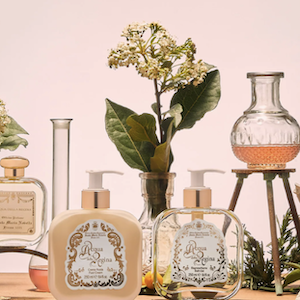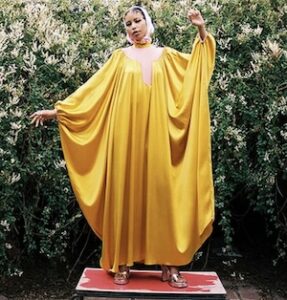Modern: Innovative Women in Art
By Jo Phillips
Though a she lived during the Victorian era, Marianne North lived as a modern woman through her actions—she was independent and innovative. North never married and spent the majority of her life traveling abroad and contributing to the fields of art and science, which doesn’t sound too revolutionary today, but in the later 19th century, North’s lifestyle was almost unheard of.
North began traveling during her childhood. She was born to a wealthy and politically involved British family, who took North on trips to Scotland and Europe. And once she had a taste for traveling, she could not stop. Following the death of her mother, North continued going on trips with only her father, visiting places like the Middle East and south-eastern European countries.

During this time, it was quite customary for women to be accompanied by a man while traveling. But North’s father died in 1869, and she was not yet ready to stay home. North brought a maid along on her first trip after her father’s death, but eventually went alone to the United States and Canada in 1870, acting completely revolutionary.
While on her various trips, North painted images of plants, animals, and landscapes to keep records, similar to how people today will snap photos on their smartphones to remember what they see. North’s travel records served as both works of art and scientific contributions. She was fascinated by plants and had studied them even outside of her travels, tending to greenhouses and reading scientific books to familiarize herself with various plant species. Along with her paintings, North wrote detailed accounts of locations, habitats, and uses of the plants she recorded. Some of the plants that she documented were new discoveries to the western world, and were eventually named in her honor.

A modern woman from a not-so-modern time, Marianne North can be much better appreciated today, and has even been the focus of a new book released by Kew Publishing, entitled Marianne North: A Very Intrepid Painter and written by Michelle Payne.
Alex Rotas is a modern woman who is just as independent and innovative as Marianne North. Fortunate enough to live in an era in which woman can study, Rotas is an academic, holding to Master’s degrees and a Ph.D., and having set up a school for the deaf in Greece. But it is not her educational pursuits that demonstrate Rotas’ innovative contributions. She is an active artist today, creating art that encourages a new perspective. Her current body of photographic work features elderly and aging people who continue to carry out lively and dynamic careers.

Rotas’ work mainly depicts athletes—senior citizens who compete internationally. Her work sheds a positive light on the concept of ageing, suggesting that in today’s world, older age is not a force that prevents people from leading the lives they want. She proves that people can still function in ageing bodies, especially in modern society, where we have advancing medical technology and healthcare practices. In this sense, Rotas’ work demonstrates how people are now reflecting those progresses in medical science.

In creating these photographs, Rotas offers non-conformity to the parameters society has once held for old age. In this sense, Rotas is very similar to North—both women defy societal norms and create alternative notions for what minority groups can do.





